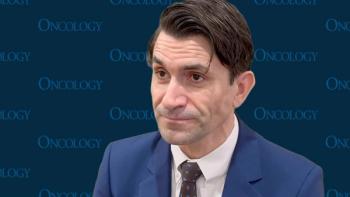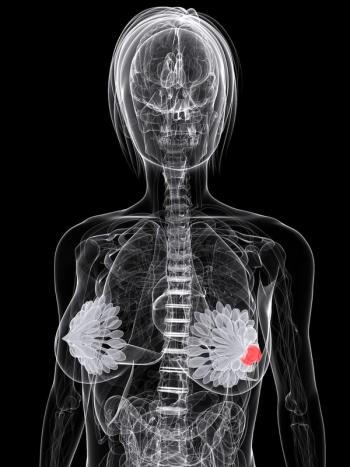
Publication|Articles|November 16, 2023
- ONCOLOGY® Companion, Volume 37, Supplement 11
- Volume 37
- Issue 11
- Pages: 18
Treatment Recommendations for Relapsed Multiple Myeloma
Author(s)ONCOLOGY Staff
Experts in the multiple myeloma space met to discuss the treatment and monitoring after bispecific antibodies.
Advertisement
CancerNetwork hosted a Training Academy focused on various treatment options for patients with relapsed multiple myeloma.
Management of Relapsed Multiple Myeloma
- With multiple treatments available, clinicians will determine the stage of relapse and provide the appropriate therapy.
- Early relapse can be treated with combination therapies with the bases of these combinations including lenalidomide (Revlimid), pomalidomide (Pomalyst), or bortezomib (Velcade).
- Although triplet combinations are preferred, the treatment must be individualized to the patient based on patient preference, condition, and disease progression.
- For 1 to 3 lines of therapy, triplet combinations are available, including the following:
- Carfilzomib (Krypolis), daratumumab (Darzalex), and dexamethasone
- Daratumumab, pomalidomide, and dexamethasone
- Bortezomib, selinexor (Xpovio), and dexamethasone
- However, their trial data have not been compared head-to-head.
- For late relapse, chimeric antigen receptor (CAR) T-cell therapy, B-cell maturation antigens, and bispecific therapies are available.
- Immunotherapeutic options are also available.
Deciding Between CAR T-Cell and Bispecific Therapies
- Typically decisions are made based on access and availability of the product.
- Each center has different availability of treatments or waiting-list times.
- Of note, because these therapies are new, clinics and institutions are still transitioning.
- CAR T-cell therapy and bispecific treatments are optimally used as fourth-line therapy and beyond.
Step-Up Dosing of Teclistamab (Tecvayli)
- This can vary between institutions and community practices.
- Patients can be admitted as an inpatient, or treatment can be administered in an outpatient setting.
- The FDA requires patients to be admitted for 48 hours after administration to monitor for cytokine release syndrome.
- Step-up dosing is usually given on days 1, 4, and 7.
Articles in this issue
about 2 years ago
BTK Inhibitor Treatment Strategies in Chronic Lymphocytic Leukemiaabout 2 years ago
Treatment Updates and Key Highlights in Multiple Myeloma and CMLabout 2 years ago
Adverse Effect Management in Non–Small Cell Lung Cancer TreatmentNewsletter
Stay up to date on recent advances in the multidisciplinary approach to cancer.
Advertisement
Advertisement
Advertisement
Trending on CancerNetwork
1
FDA Approves T-DXd Plus Pertuzumab in Metastatic HER2+ Breast Cancer
2
FDA Grants National Priority Voucher to Teclistamab/Daratumumab in RRMM
3
Omitting Sentinel Lymph Node Biopsy Is Safe in Select Patients With HR+ Early Breast Cancer
4
How Might CTO1681 Prevent CRS After CAR T-Cell Therapy in DLBCL?
5
















































































